Now that marijuana legalization has gone so widespread, getting pot is just a car ride away for most people in the U.S., even those living in prohibition states.
And by gawd, they are making the drive, too, breaking all sorts of laws by crossing imaginary state lines with real weed.
The thing is: Law enforcement is privy to this outlaw behavior, and they are hot on the toker’s trail, hellbent on putting amateur pot smugglers behind bars. These officers use drug dogs trained to detect illicit drugs, especially at airports, to identify narcotics amidst changing legal perceptions surrounding cannabis use. Police are scouring the interstates right now just trying to catch you or someone you love transporting tokes into jurisdictions where the herb remains a no-no.
Now, it’s relatively easy to avoid getting caught with pot in most cases. All a marijuana-toting motorist needs to do is employ a little common sense, obey the traffic laws, and don’t give any of those bored good-old-boys a reason to pick them out of the crowd.
So, for the love of everything holy, take those Bob Marley stickers off your car immediately. They are cop magnets.
We live in America, however, so let’s be honest: not everyone uses their brain all of the time (editor’s note: stupidity is an international condition). People in these parts tend to get downright dumb on the roadways even though they might be traveling with an illicit substance that could get them jammed up in the criminal justice system.
Rather than go on the offensive and break only one law at a time as a means for escaping the wrath of a roadside shakedown, many pot consumers would rather utilize myth-riddled methods to try and evade arrest if and when a cop stops them and unleashes the drug-seeking hounds.
“All you have to do is cover your weed with loads of cayenne pepper,” a man named Sean told The Bluntness. “It’ll also throw the dogs off if you bury it in coffee grounds or dryer sheets,” he added.
Um, no, this will not work.
Behold the Power of the Canine Nose
The Science Behind A Dog’s Nose
A dog’s nose is nothing short of a marvel of nature, a finely-tuned instrument capable of detecting a vast array of scents, including those of illicit substances. Imagine having a nose so powerful that it can pick up on a single drop of a substance in an Olympic-sized swimming pool. That’s the kind of olfactory prowess we’re talking about here.
Dogs boast up to 300 million olfactory receptors in their nasal cavity, compared to a measly 6 million in humans. These receptors are like tiny detectives, each one responsible for picking up odor molecules floating in the air. When a dog sniffs an edible, these molecules bind to the receptors, sending a signal to the brain that says, “Hey, there’s something interesting here!”
But it’s not just about having a lot of receptors. The way a dog’s brain processes these scent signals is also incredibly advanced. Their brains are wired to distinguish between different scents and detect even the most subtle differences in odor profiles. This is why drug detection dogs are so effective at their job. They can sniff out THC or other illicit compounds, even when they’re hidden in edibles or other cleverly disguised forms.
So, the next time you see a drug detection dog at work, remember that you’re witnessing one of nature’s most impressive feats of sensory engineering.
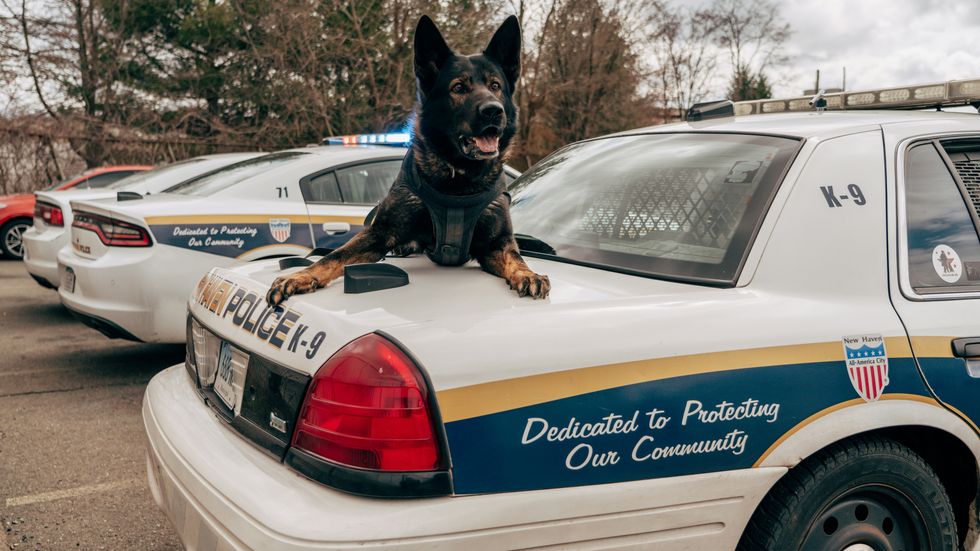
How Drug Detection Dogs Are Trained
Training drug detection dogs is no walk in the park; it’s a meticulous process that demands dedication and precision. Drug dogs trained for this purpose undergo rigorous and specialized training to ensure they can accurately identify a variety of illicit substances. These canine detectives are trained to detect specific scents, including those of illicit drugs like marijuana, cocaine, and even cannabis edibles. The training process involves repeated exposure to the scents of these illegal substances in various forms.
Handlers use a reward-based system to encourage the dogs to associate these scents with a positive outcome. Imagine a game of hide and seek, but instead of finding a hidden friend, the dog finds a stash of drugs and gets a treat or a favorite toy as a reward. Over time, these trained dogs learn to recognize the scent of illicit substances, even when they are cleverly disguised or mixed with other strong smells, like chocolate or spices in edibles.
The training is rigorous and requires a high level of focus and discipline from both the dog and the handler. It’s not just about sniffing out drugs; it’s about doing so accurately and consistently, regardless of the environment or the presence of other distracting scents. This is why drug detection dogs are such valuable assets in law enforcement and border security.
Behold the Power of Drug Detection Dogs
Listen, dogs have powerful sniffers – around 100,000 times stronger than humans. Let that sink in for a minute. Their noses aren’t just mighty; they’re actually quite sophisticated. Put a pot of chili in front of the average human, and they’re just going to smell chili. But canines go deeper. They can smell layers, so dogs will register the chili ingredients individually. They’ll know there’s meat, beans, peppers and onions in there. They’ll even be able to sniff out any of your secret spices.
When I was younger, my family had this German Spitz named Gee. This dog hated peas with an almighty passion. Hated them more than baths, even more than visits to the vet. This pooch, however, was a true connoisseur of middle-class cuisine, always showing up tableside to eat our scraps.
But anytime one of those green peas was part of the deal, he’d turn up his nose like the true, fluffy white food snob that he was. My dad thought it was funny that a dog had such discriminating taste, so he always tried to trick him into eating peas. It became a game.
Every night we had peas for dinner, rest assured the old man was going to try to get the dog to eat some. One night, after failing to fool the dog so many times before, dad buried a single pea in the middle of Gee’s Alpo, thinking there was no way in hell he could scarf it all down and not eat the pea too. But upon inspecting the bowl later that night, lo and behold, the pea was still there, mocking my father. Gee had won again. But how? Because he could smell it in there the whole time.
This is the reason Sean’s cayenne pepper and coffee grounds methods are useless when it comes to hoodwinking a hound. Sure, they’ll smell the Folgers or whatever else you use to try and disguise any and all pot odors, but they will also sense the weed. Forget about masking pot odor to evade a drug-sniffing dog. Drug dogs detect THC, the active compound in cannabis, even when it’s present in disguised forms like edibles or cartridges. It’s impossible. Research shows that dogs can smell targets in a measurement of part per trillion (ppt). That’s basically a single drop of a liquid substance within twenty Olympic-sized swimming pools. Stoners are no match for the mightiness of the mutt.
Can Drug-Sniffing Dogs Smell Cannabis Edibles?
Still, the odor of THC edibles and concentrates is different than flower. So, will a K9 alert on these products the same way they do bud? Glenn Hayter, Director of Training & Operations with Global Training Academy, Inc, told The Bluntness that “it is possible.”
Despite these challenges, drug dogs are trained to detect THC, the psychoactive component in cannabis, even when it is masked by other strong-smelling ingredients.
Hayter trains dogs to detect everything from bombs to drugs. He understands the capabilities of a canine and knows they are impressive, to say the least. Yet, Hayter admits that a pot-sniffing pup’s ability to alert on cannabis products really just depends.
“There’s many variables that can come into play to the accuracy of detection such as the environment, weather, packaging, location of the packaging, etc.,” he explained. “But the simple truth is they are more than capable of detecting these trace amounts.”
Unfortunately, “it’s possible” is as good as we get. Some dog trainers we spoke with (but didn’t want to go on record for fear of alienating police buddies) say drug dogs smell edibles and concentrates (because they have a unique smell). In contrast, others assured us that the dog’s snout was powerful enough to alert on these products regardless of the difference.
We reached out to Paul Armentano, Deputy Director of the national cannabis advocacy group NORML in hopes of gaining additional insight. Armentano is infamous for having his finger on the pulse of all the research surrounding marijuana and law enforcement. But not even he has a grip on this one.
“I am not aware of any controlled studies assessing the ability, or lack thereof, of drug detection dogs to identify cannabis products in non-flower formulations,” Armentano told The Bluntness.
While the primary purpose of this article was to show people traveling between legal and illegal territory the safest products to carry in route, I am left with an uneasy feeling about making any concrete recommendations.
It does appear a motorist stands the best chance of not getting busted by traveling exclusively with edibles and concentrates. Dogs “might” be able to smell these items hidden in the trunk, but a cop definitely can’t.
Therefore, not even the most redneck hillbilly trooper should have a reason to instigate a search. But conditions are wild out there in some areas. You never know when a cop will fabricate reasonable suspicion, rip out the seats and call out the sniffer dogs.
If this happens, and there is any kind of cannabis in the vehicle, it could be found. Just understand the risks and do your best to diminish them during your travels.
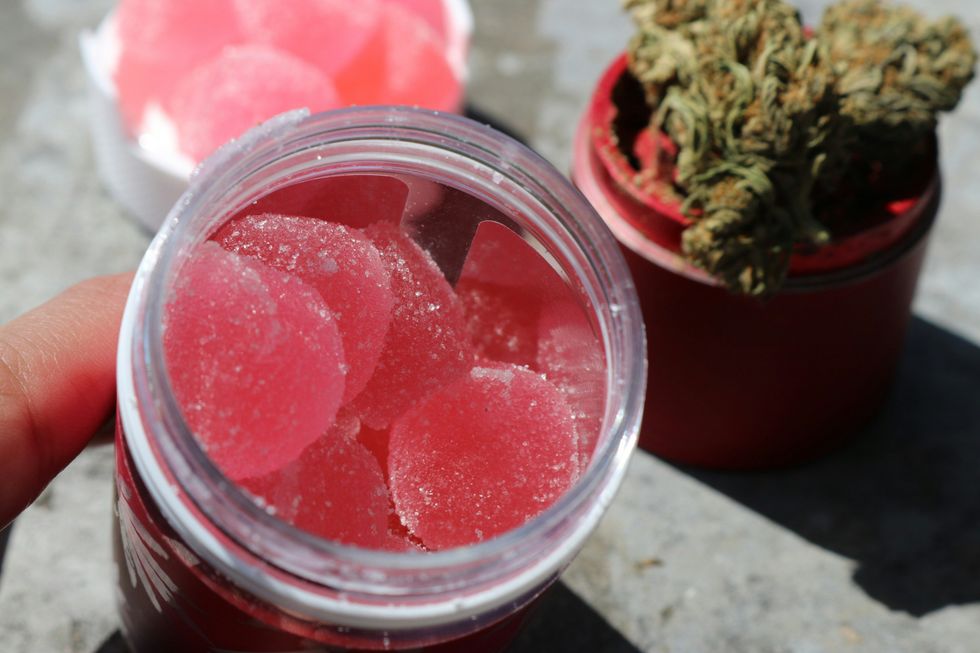
Types of Edibles and Detection Challenges
Edibles come in all shapes and sizes, from brownies and cookies to gummies and chocolates. Each type presents its own unique set of challenges for drug dogs, making the detection game a bit of a mixed bag.
Take baked goods, for example. Brownies and cookies are packed with strong-smelling ingredients like chocolate, vanilla, and butter. These aromatic powerhouses can mask the scent of THC, making it harder for drug dogs to detect the illicit substance hidden within. It’s like trying to find a needle in a haystack, but the haystack smells like a bakery.
On the flip side, candies and gummies often have a more straightforward scent profile. Their concentrated nature can make it easier for drug dogs to pick up the scent of THC. However, if these edibles are packaged in airtight containers or vacuum-sealed bags, the scent molecules have a harder time escaping, adding another layer of difficulty for our canine detectives.
In the end, the type of edible and its packaging play significant roles in how easily a drug dog can detect it. Whether it’s a gooey brownie or a fruity gummy, these trained dogs are always on the lookout, ready to sniff out any illicit substances crossing their path.
Factors Influencing Edible Detection
When it comes to detecting edibles, several factors can influence a drug dog’s success. The type of edible, its potency, and the effectiveness of its packaging all play crucial roles. Different types of edibles, such as gummies, brownies, chocolates, or cookies, present unique challenges based on their ingredients and packaging.
These trained dogs can detect THC, the psychoactive component in cannabis, even when it is hidden in edibles or other cleverly disguised forms.
For instance, gummies are one of the more detectable forms of edibles for drug dogs. Their concentrated nature makes it easier for the dogs to pick up the scent of THC. On the other hand, baked goods like brownies, cookies, or cakes present more of a challenge. The complexity of ingredients in these edibles, such as chocolate, flour, butter, and sugar, creates a stronger overall aroma that can mask the scent of THC.
Packaging also plays a significant role. Vacuum-sealed bags or airtight containers can reduce the scent that escapes, making it harder for drug detection dogs to pick up the trail. However, no packaging is entirely foolproof against a well-trained drug dog. These canines are trained to detect even the faintest traces of illicit substances, making them formidable opponents for anyone trying to smuggle edibles.
Understanding these factors can help you appreciate the incredible capabilities of drug detection dogs and the challenges they face in their line of work. Whether it’s gummies or brownies, these trained dogs are always on the lookout, ready to sniff out any illicit substances crossing their path.
Likelihood Of Encountering A Drug Dog
So, where are you most likely to run into one of these four-legged narcotic detectors? The answer depends on where you are and what you’re up to.
Drug dogs are a common sight at public gatherings like festivals and concerts, where large crowds and the potential for illicit substances make them a valuable asset. Schools and other educational institutions also employ drug dogs to keep campuses free of contraband. And let’s not forget border crossings and other points of entry, where these canines are on high alert for any illicit substances trying to sneak into the country.
In short, the likelihood of encountering a drug dog is higher in certain locations and situations. If you’re transporting or consuming edibles, it’s wise to be aware of these hotspots. Whether you’re at a music festival or crossing a border, these trained dogs are always on the prowl, ready to sniff out any illicit substances that come their way.
Throwing Off A Drug Dog’s Scent
Ah, the age-old question: Can you throw off a drug dog’s scent? The short answer is, probably not. These dogs are highly trained and possess a sense of smell that puts even the most sophisticated human noses to shame.
One popular myth is that you can mask the scent of an illicit substance with strong-smelling items like coffee or cayenne pepper. While it might sound plausible, this method is usually ineffective. Drug dogs are trained to detect the scent of the substance itself, not just the masking agent. So, while they might smell the coffee, they’ll also pick up on the THC hiding underneath.
Another common tactic is to use airtight containers or vacuum-sealed bags to limit the release of odor molecules. While this can make detection more challenging, it’s not foolproof. Drug dogs are often trained to detect even the faintest traces of illicit substances, making them formidable opponents for anyone trying to smuggle edibles.
In the end, while there are ways to try to throw off a drug dog’s scent, they are rarely effective. These canines are experts at their craft, and their noses are finely tuned to detect even the most well-hidden substances. So, if you’re thinking about trying to outsmart a drug dog, you might want to think again.
Need a little more Bluntness in your life? Sign Up for our newsletter to stay in the loop.
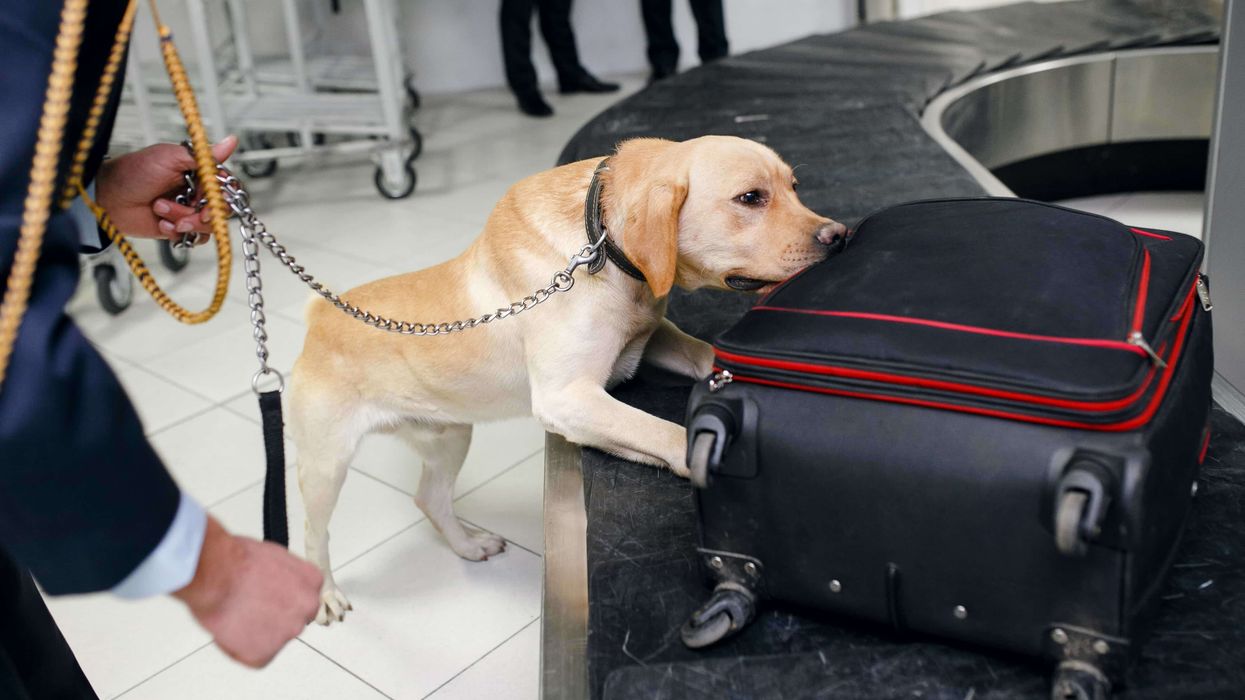



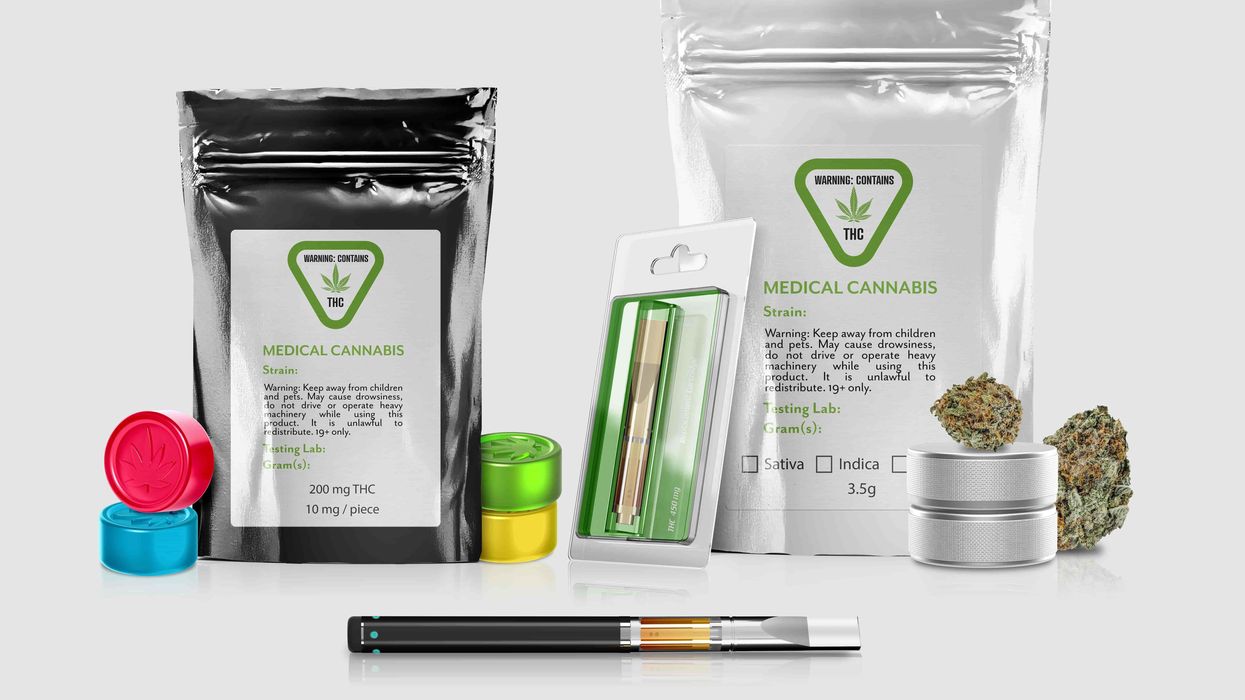

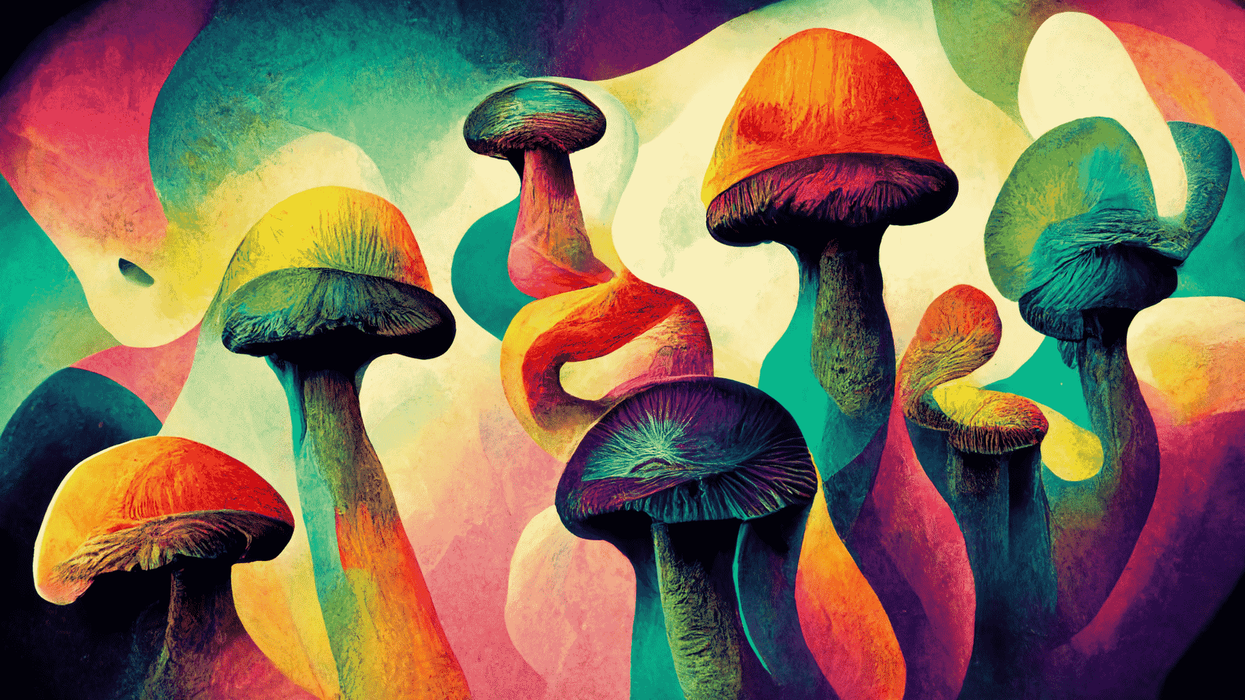





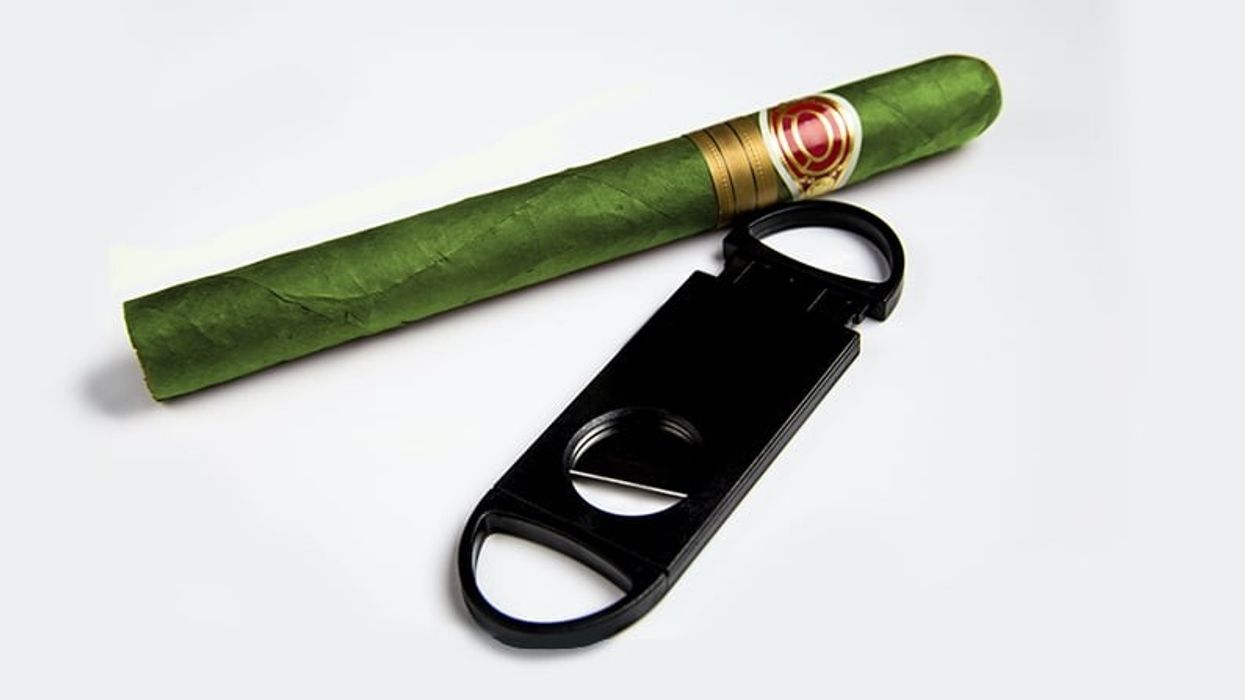
 How to Make a Cannagar Without a Mold: A Comprehensive Guide - The Bluntness
Photo by
How to Make a Cannagar Without a Mold: A Comprehensive Guide - The Bluntness
Photo by 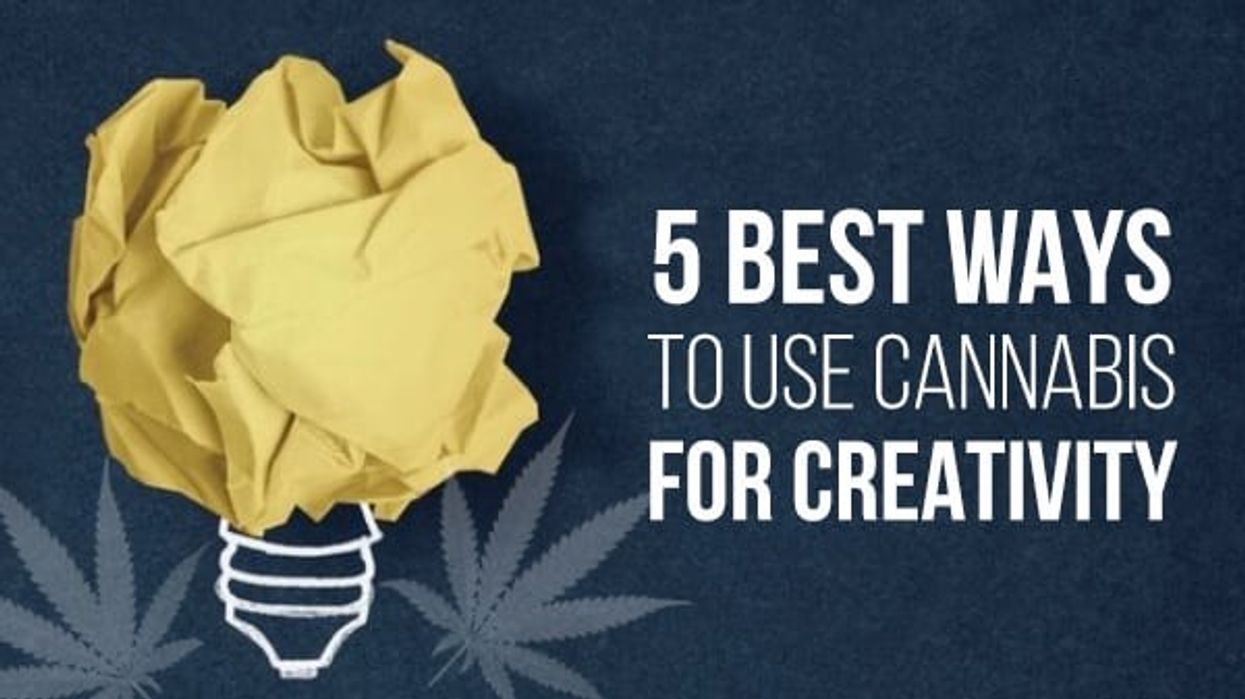
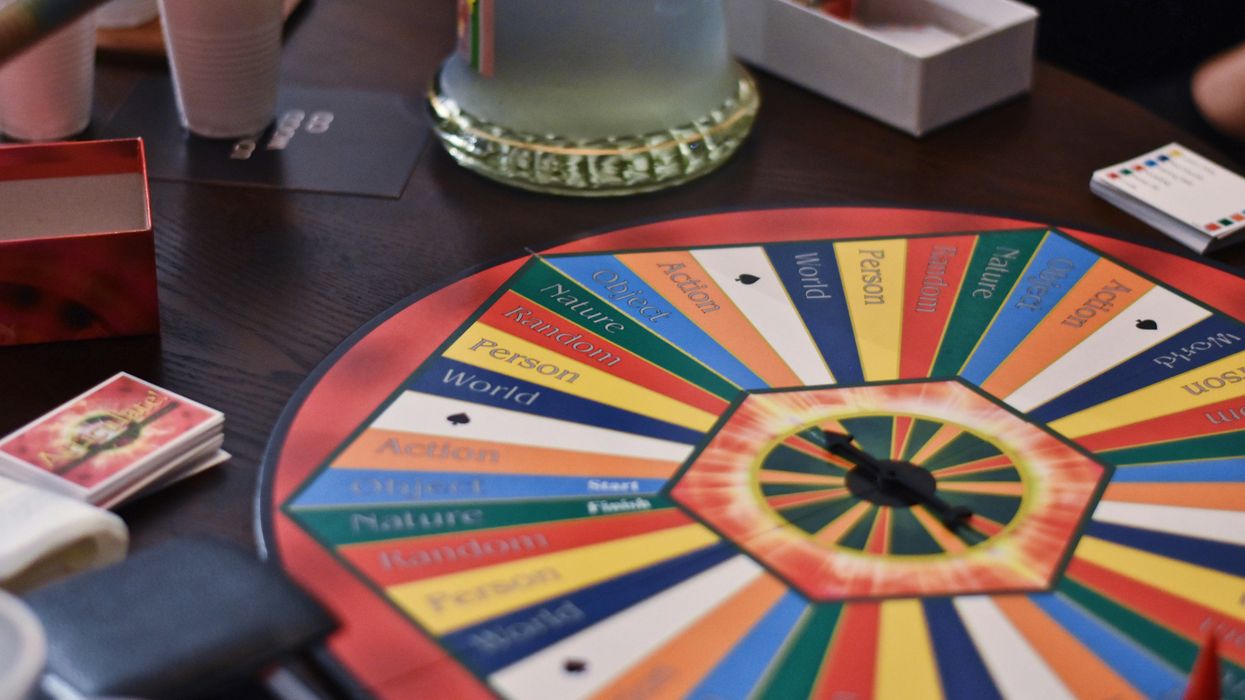
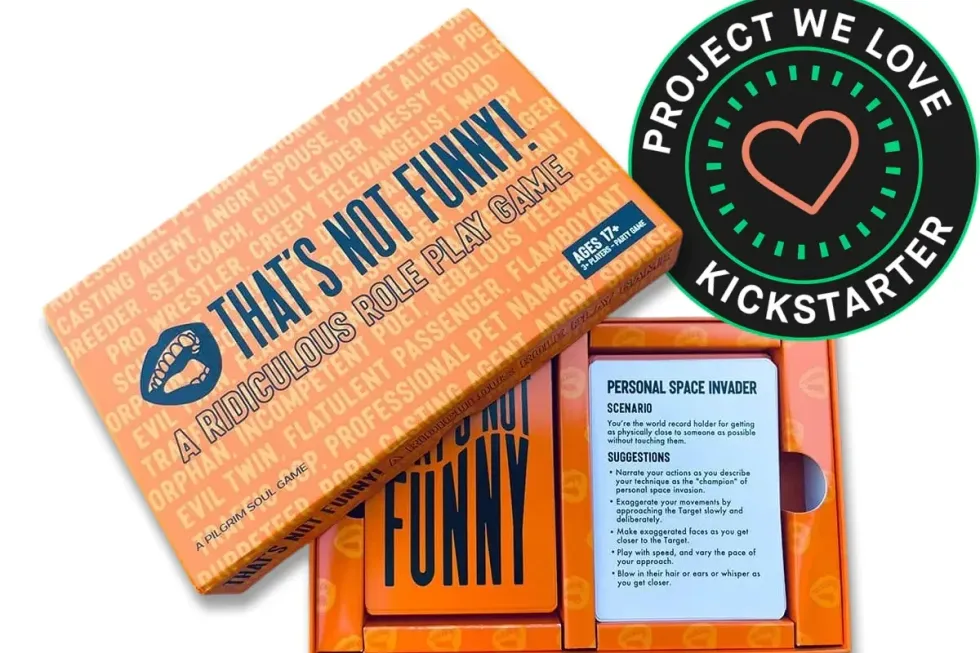
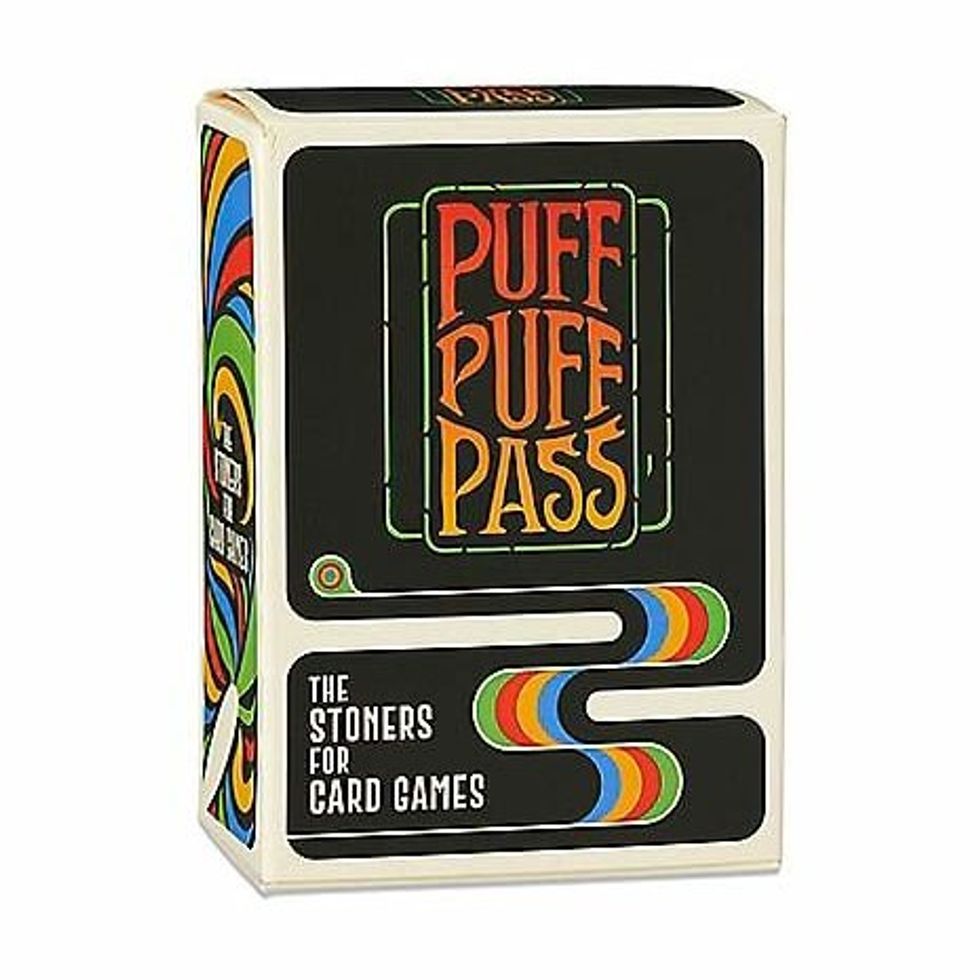
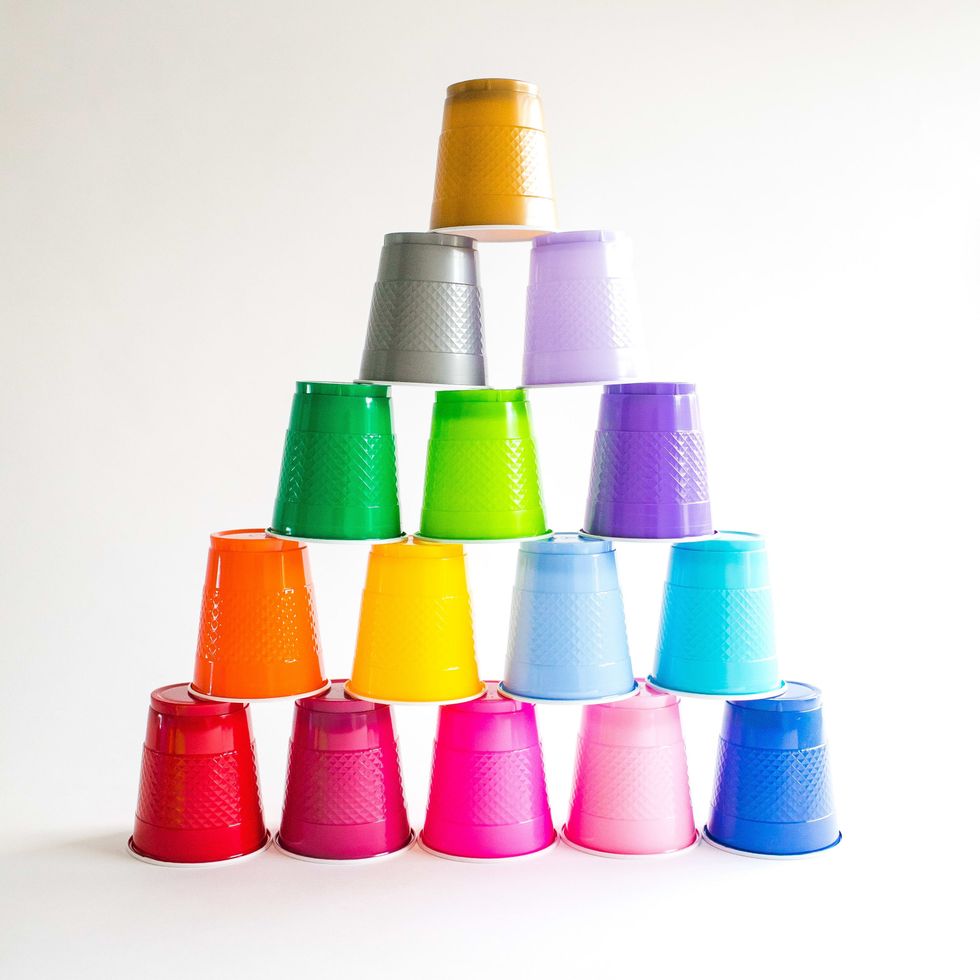
 Best Weed Smoking Games to Try - Jammin'
Best Weed Smoking Games to Try - Jammin'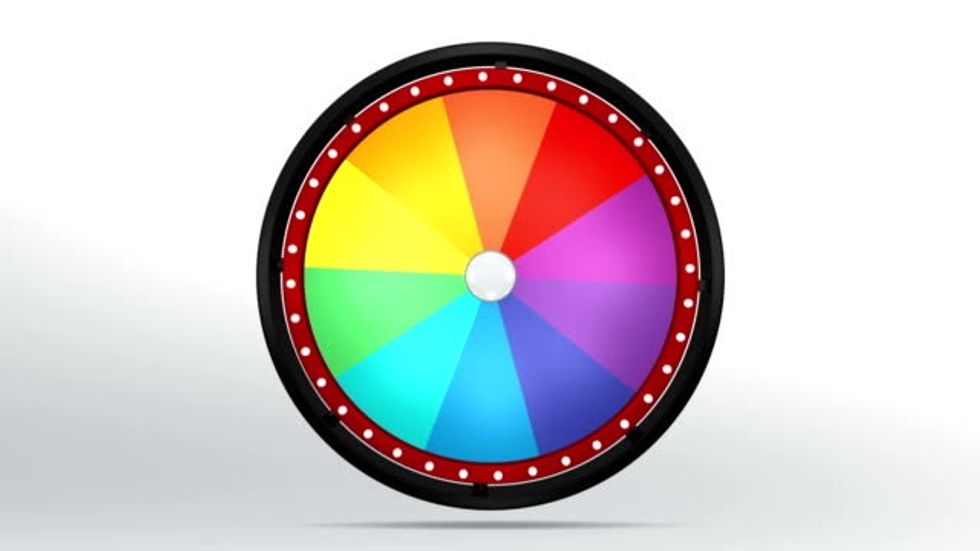 The 31 Best Weed Smoking Games To Try
The 31 Best Weed Smoking Games To Try The Best Weed Smoking Games
The Best Weed Smoking Games The Best Weed Smoking Games to Try
The Best Weed Smoking Games to Try

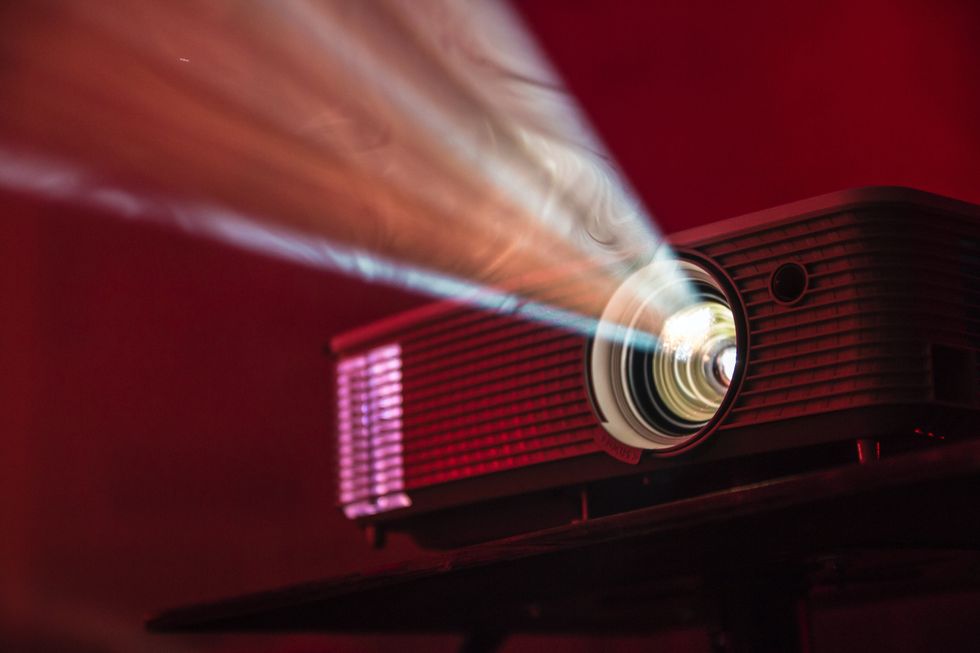 Stoner Games - Games to Play While High
Stoner Games - Games to Play While High The Best Weed Smoking Games to Play
The Best Weed Smoking Games to Play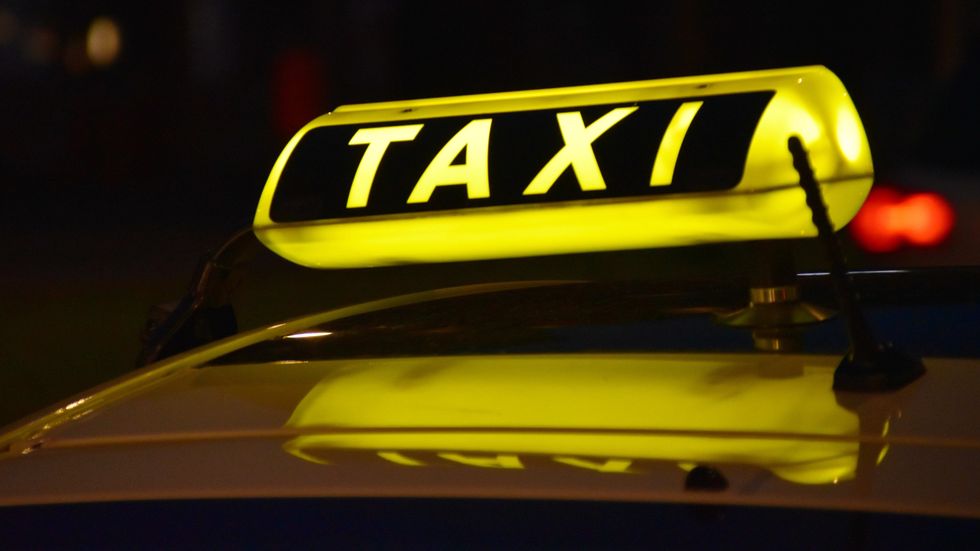 The Best Weed Smoking Games to Try
The Best Weed Smoking Games to Try
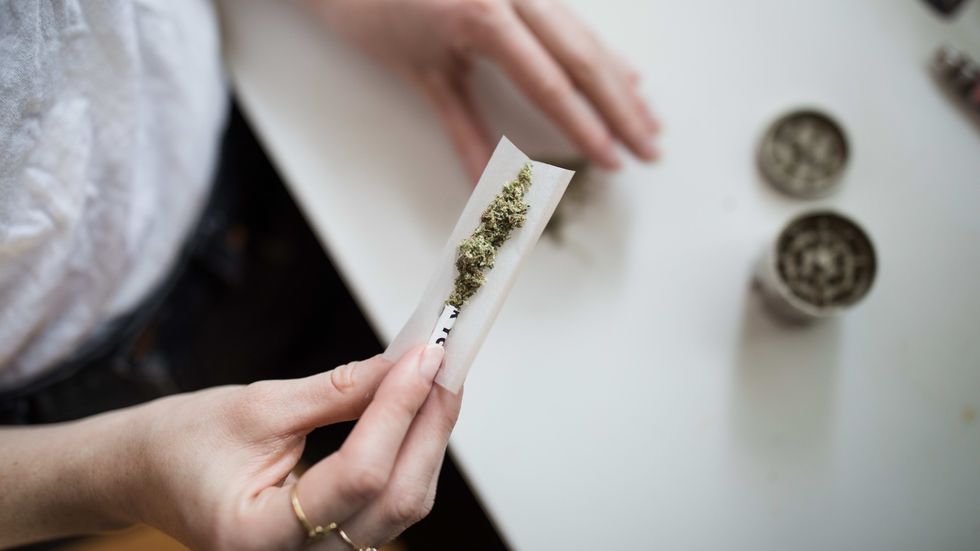 The Best Weed Smoking Games to Try
The Best Weed Smoking Games to Try
 The Best Weed Smoking Games to Play
The Best Weed Smoking Games to Play The Best Weed Games to Play
The Best Weed Games to Play The Best Weed Smoking Games to Try
The Best Weed Smoking Games to Try The Best Weed Smoking Games to Play
The Best Weed Smoking Games to Play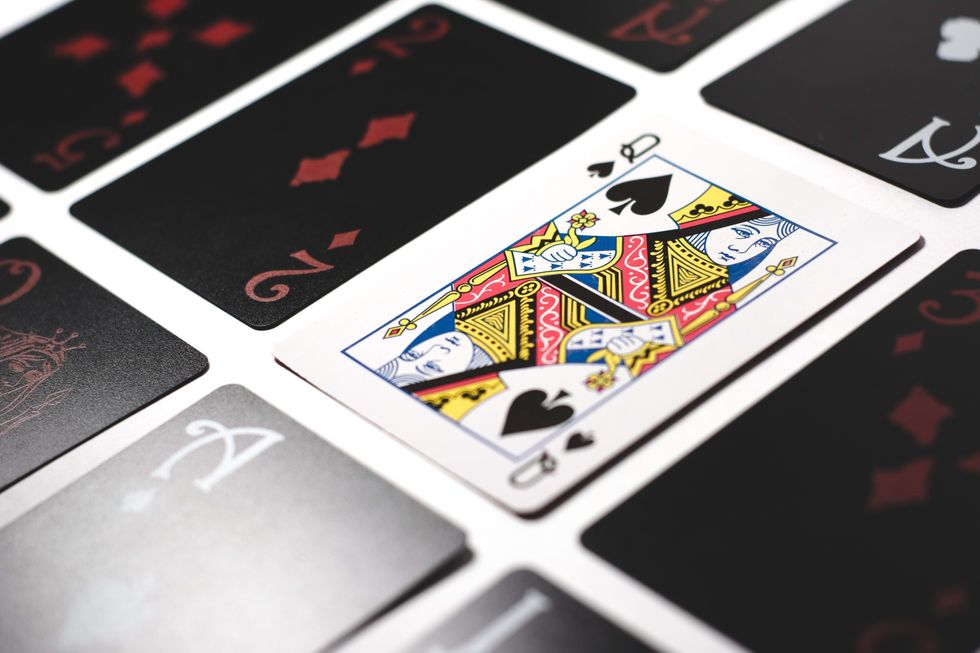 The Best Weed Smoking Games to Try
The Best Weed Smoking Games to Try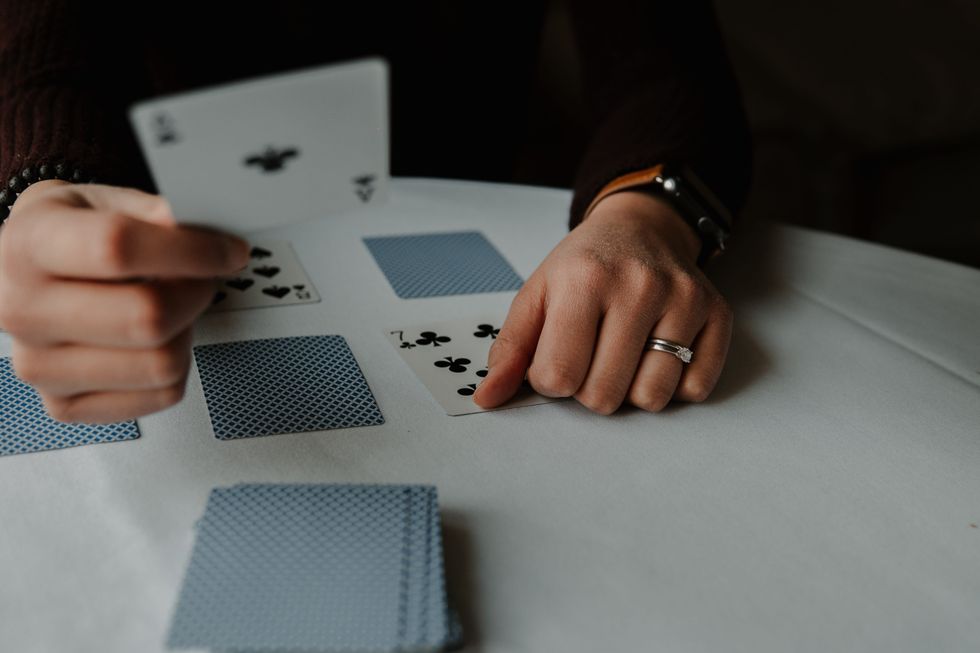 Games for Stoners
Games for Stoners 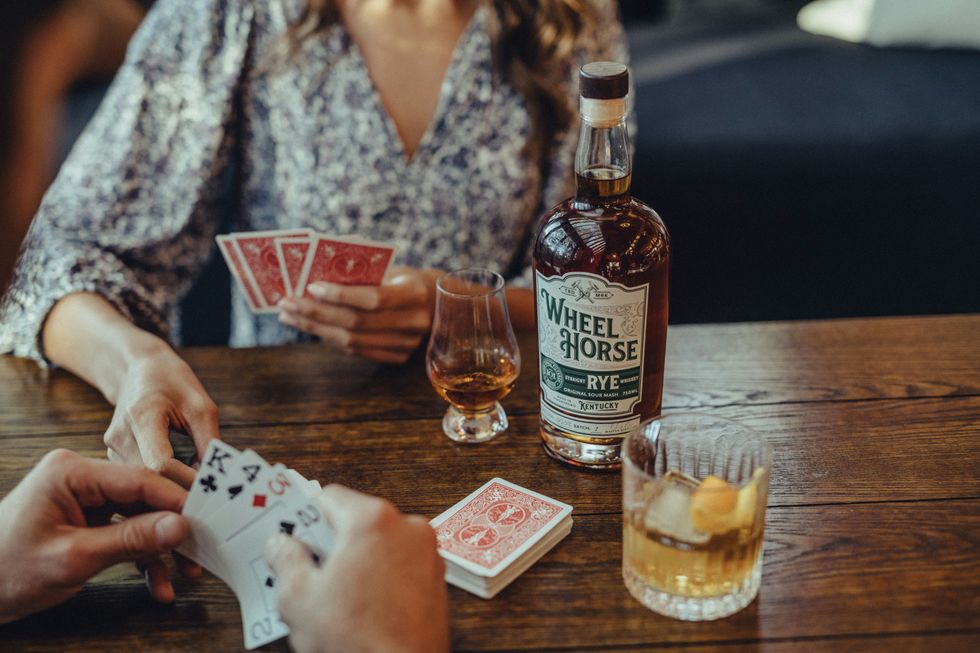 woman in white and blue floral shirt sitting beside woman in white and black floral shirtPhoto by
woman in white and blue floral shirt sitting beside woman in white and black floral shirtPhoto by 
 The Best Weed Smoking Games to Play
The Best Weed Smoking Games to Play
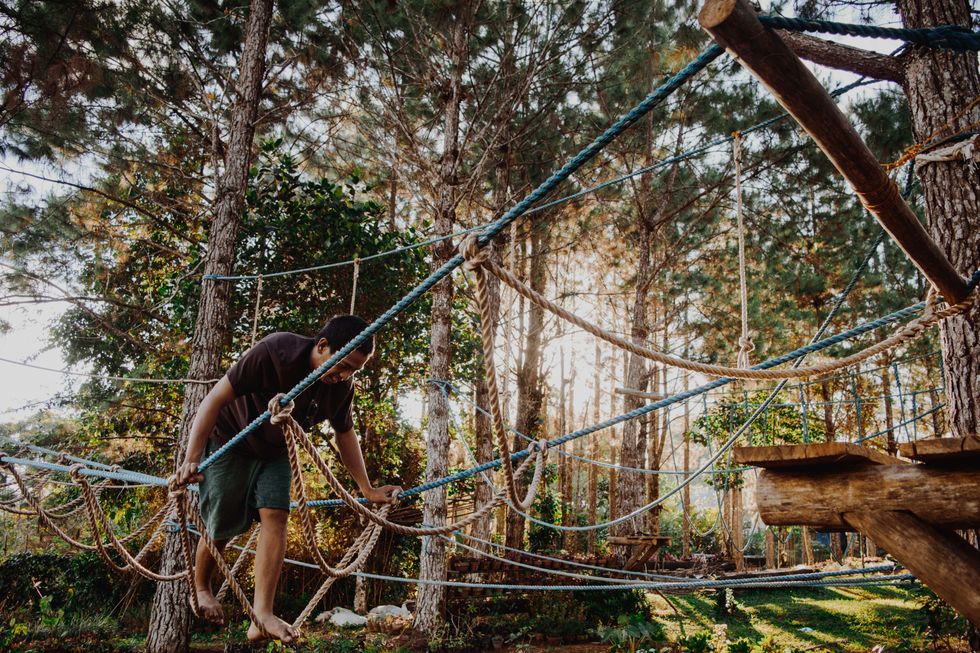 The Best Weed Smoking Games to Try
The Best Weed Smoking Games to Try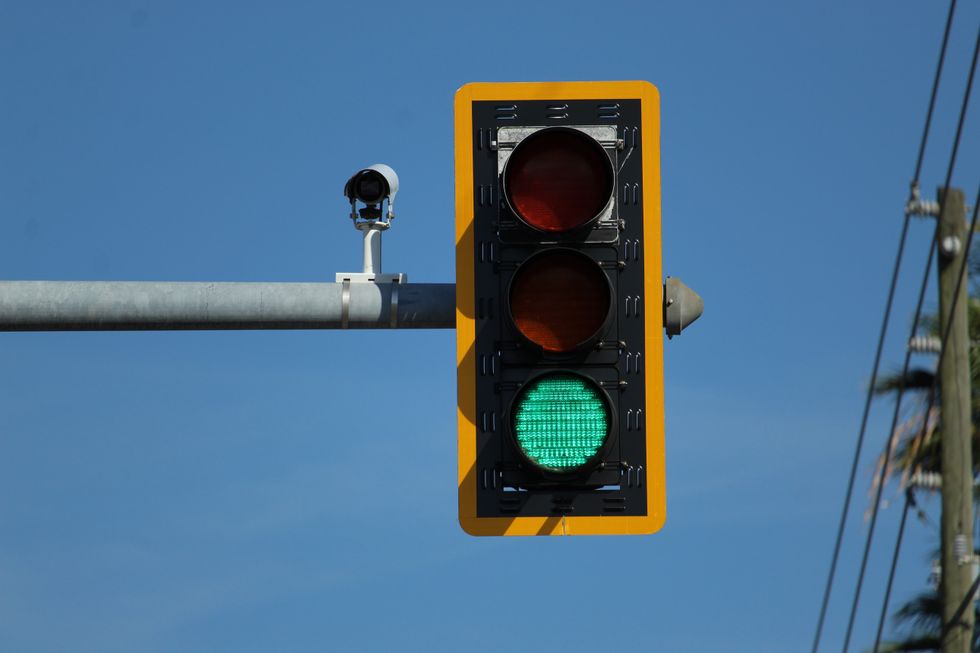 The Best Weed Smoking Games to Try
The Best Weed Smoking Games to Try world map with pinsPhoto by
world map with pinsPhoto by 
 The Best Weed Smoking Games to Try
The Best Weed Smoking Games to Try